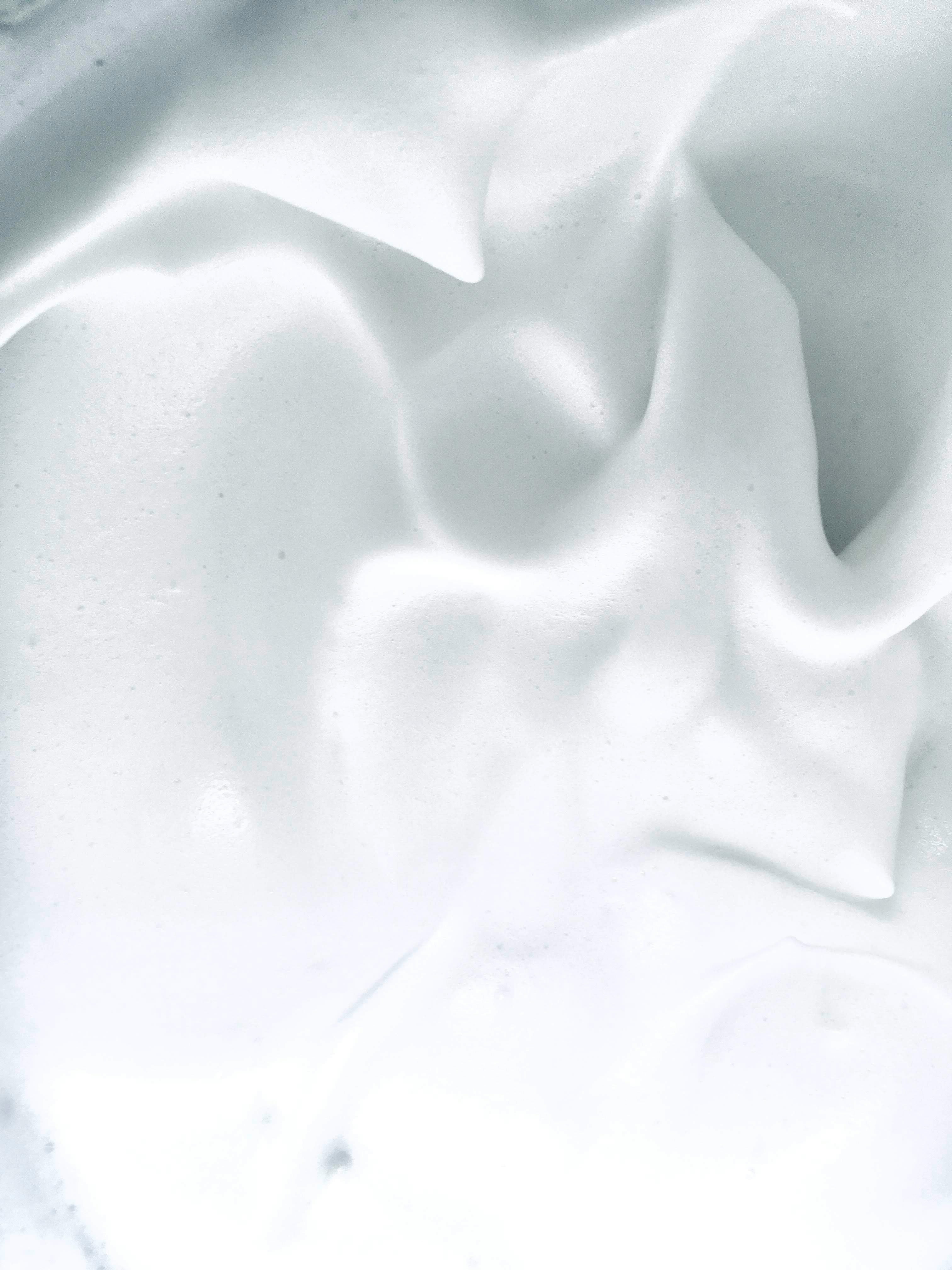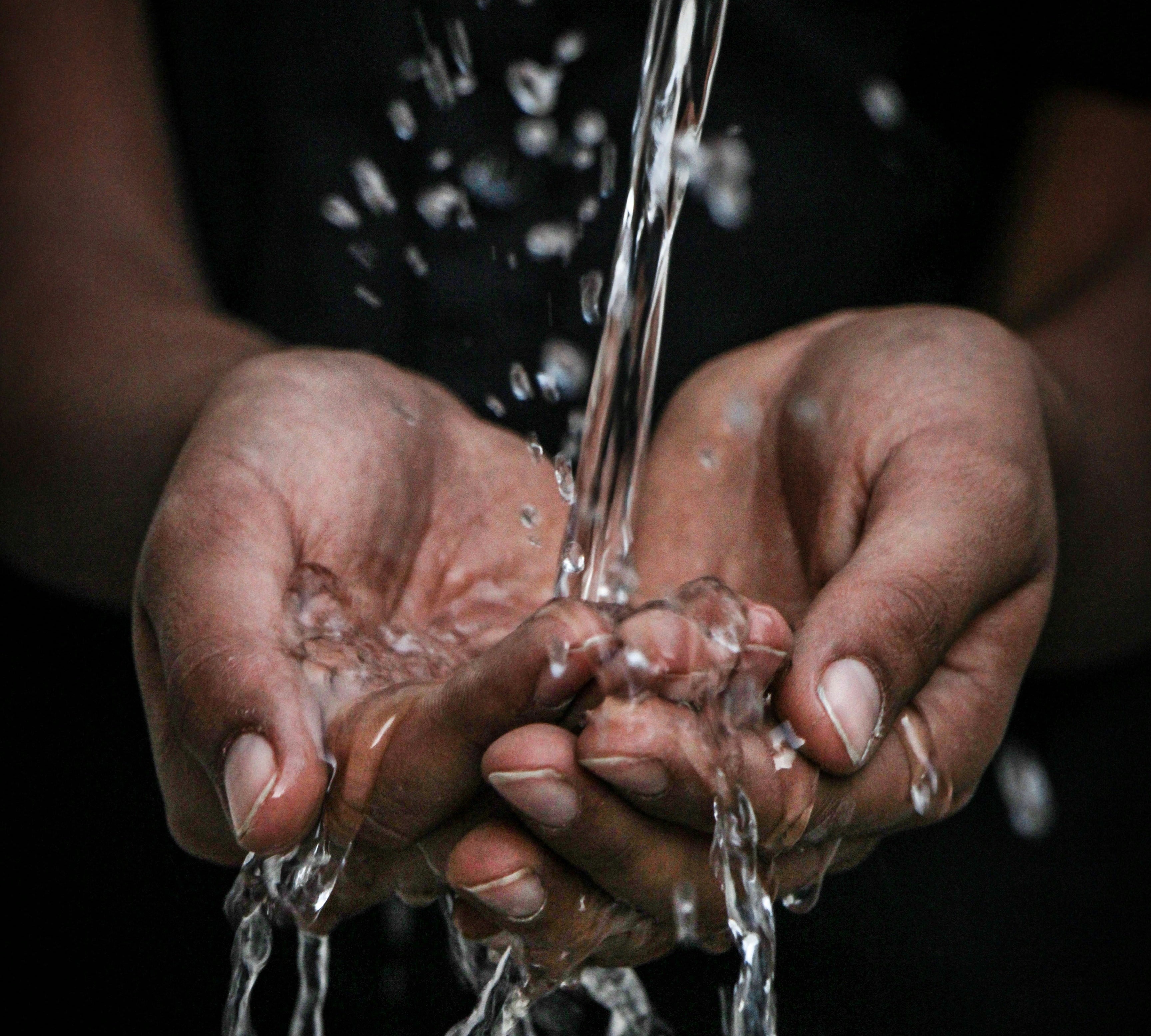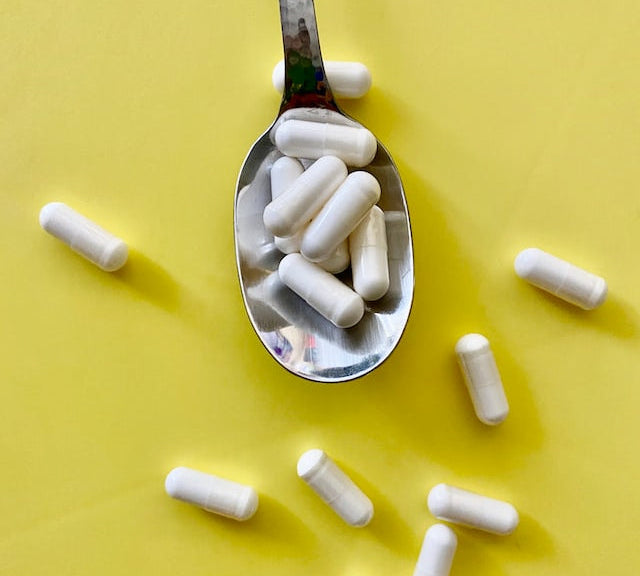Why non-foaming cleansers transform hormonal acne and sensitive skin
Written by: Christina Brooks-Potts, Founder & Head of R&D @ Authentic Ego
If cleanser leaves your face feeling tight and stripped, you're damaging the very barrier you're trying to heal. For acne-prone skin, perimenopausal skin, and menopausal skin, traditional foaming cleansers trigger a cascade of irritation that worsens inflammation and sensitivity. The solution lies in surfactant-free, foam-free cleansing systems formulated at pH 5.5—and the science behind why they work is transformative.
The problem with foam: Why bubbles betray your skin barrier
Traditional foaming cleansers rely on anionic surfactants that create satisfying lather but cause significant irritation. Research shows these surfactants penetrate the stratum corneum, extract essential lipids, and disrupt the protective barrier—increasing transepidermal water loss (TEWL) and triggering inflammation (Ananthapadmanabhan et al., 2004). For already-compromised skin, this daily assault prevents healing.
Non-foaming cleansers like Mellow Jelly use gentle alternatives. PEG-6 capric caprylic glycerides, derived from coconut oil, function as non-ionic surfactants that dissolve sebum and impurities through micelle formation without harsh protein binding. Studies confirm PEG-6 capric caprylic glycerides deliver actives to skin while maintaining barrier integrity (Zhang et al., 2020). Similarly, poloxamers—FDA-approved non-ionic surfactants—cleanse without cytotoxicity while actually sealing and repairing cell membranes (Percival et al., 2018).
The anti-irritant trio that protects fragile skin
What sets advanced non-foaming cleansers apart are barrier-supporting anti-irritants. Ectoin, an amino acid derivative, prevents UV damage, stabilizes cell membranes, and reduces inflammation—providing 95-100% protection of immune cells at just 0.3-0.5% concentration (Buenger et al., 2004). Clinical studies show ectoin formulations improve skin dryness and reduce the need for prescription treatments in sensitive skin conditions (Kauth et al., 2022).
Trehalose, a natural sugar, is a barrier powerhouse. Research demonstrates it prevents inflammation-induced barrier impairment by upregulating filaggrin and other differentiation markers while suppressing inflammatory pathways (Dai et al., 2024). In clinical trials, topical trehalose increased stratum corneum water content by 102% after just four weeks (Maeda et al., 2024).
Betaine, a naturally-occurring amino acid derivative, significantly reduces irritation from surfactants—studies show cleansers containing betaine cause measurably less inflammation and barrier disruption (Nicander et al., 2003).
Why pH 5.5 matters for acne-prone and menopausal skin
Healthy skin maintains an acidic surface pH of approximately 4.7, which supports barrier function, antimicrobial defense, and beneficial microflora (Blaak & Staib, 2018). pH-neutral cleansers at 5.5 preserve this protective acid mantle, especially when formulated with non-ionic surfactants. Traditional foaming cleansers often have alkaline pH (7-9.5) or acidic (below 4.5), disrupting barrier recovery and promoting inflammation.
Why these skin types desperately need gentler cleansing
Acne-prone sensitive skin exhibits inherent barrier dysfunction with reduced ceramides, elevated TEWL, and chronic subclinical inflammation that makes it exceptionally reactive (Sukanjanapong et al., 2024). Standard acne treatments further compromise the barrier, creating urgent need for gentle cleansing.
Perimenopausal skin experiences accelerated decline due to fluctuating estrogen—studies show TEWL increases significantly during low-estrogen phases, with rising sensitivity to allergens and irritants (Royal et al., 2023).
Menopausal skin becomes profoundly fragile: research reveals post-menopausal women have significantly lower ceramide abundance with shorter chain lengths, plus 40% decline in sebum production by the sixth decade (Kendall et al., 2022; Viscomi et al., 2025). Collagen decreases at 2.1% per post-menopausal year, and skin pH shifts alkaline, compromising antimicrobial defenses. PubMed Central
Transform your routine with barrier-first cleansing
Switching to a surfactant-free, non-foaming cleanser formulated at pH 5.5 with barrier-supporting ingredients isn't just gentler—it's corrective. Try Mellow Jelly micellar cleansing gel, a pH-neutral formula that cleanses without compromise for hormonal acne, perimenopausal skin, and sensitive skin types.
References
Ananthapadmanabhan, K.P., et al. (2004). Cleansing without compromise: the impact of cleansers on the skin barrier and the technology of mild cleansing. Dermatologic Therapy, 17(Suppl 1), 16-25.
Blaak, J., & Staib, P. (2018). The Relation of pH and Skin Cleansing. Current Problems in Dermatology, 54, 132-142.
Buenger, J., et al. (2004). Ectoin: an effective natural substance to prevent UVA-induced premature photoaging. Skin Pharmacology and Physiology, 17(5), 232-237.
Dai, X., et al. (2024). Trehalose Prevents IL-4/IL-13-Induced Skin Barrier Impairment by Suppressing IL-33 Expression and Increasing NRF2 Activation. Journal of Investigative Dermatology, S0022-202X(24)02175-4.
Kauth, M., et al. (2022). Topical Ectoine Application in Children and Adults to Treat Inflammatory Diseases Associated with an Impaired Skin Barrier. Dermatology and Therapy, 12(2), 295-313.
Kendall, A.C., et al. (2022). Menopause induces changes to the stratum corneum ceramide profile, which are prevented by hormone replacement therapy. Scientific Reports, 12, 21715.
Maeda, K., et al. (2024). Functional properties and skin care effects of sodium trehalose sulfate. Skin Research and Technology, 30, e13666.
Nicander, I., et al. (2003). The ability of betaine to reduce the irritating effects of detergents assessed visually, histologically and by bioengineering methods. Skin Research and Technology, 9(1), 50-58.
Percival, S.L., et al. (2018). Mode of action of poloxamer-based surfactants in wound care and efficacy on biofilms. International Wound Journal, 15, 749-755.
Royal, B., et al. (2023). Menopause, skin and common dermatoses. Part 2: skin disorders. Clinical and Experimental Dermatology, 48(1), 53-61.
Sukanjanapong, S., et al. (2024). Skin Barrier Parameters in Acne Vulgaris versus Normal Controls. Clinical and Cosmetic Investigational Dermatology, 17, 2427-2436.
Viscomi, V., et al. (2025). Managing Menopausal Skin Changes: A Narrative Review. Journal of Cosmetic Dermatology, 24(1), 65-78.
Zhang, Y., et al. (2020). An Investigation of the Influence of PEG 400 and PEG-6-Caprylic/Capric Glycerides on Dermal Delivery of Niacinamide. Pharmaceutics, 12(12), 1179.








